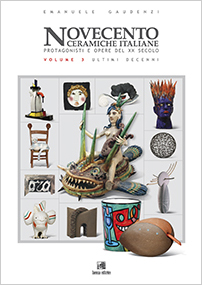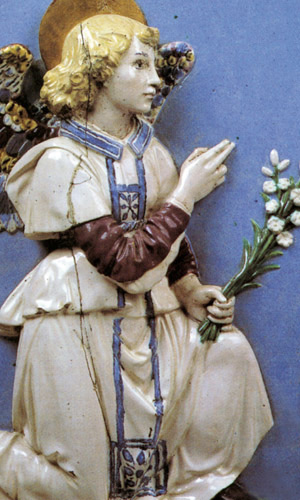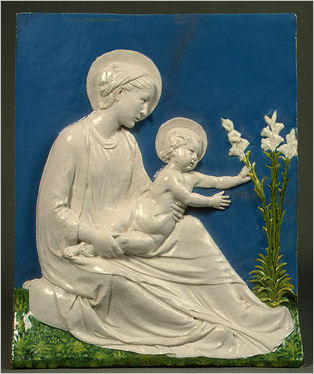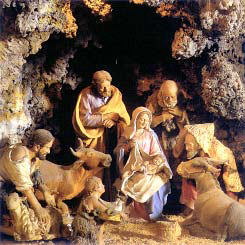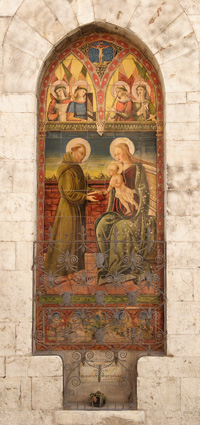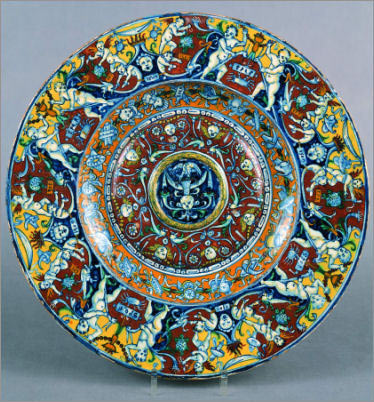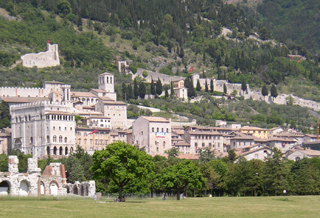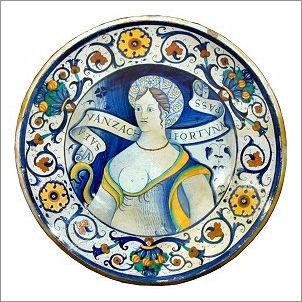 Aldo Ajo’ was born in 1901 in Gubbio, where he spent all his life. The full and wonderful life of a great artist.
Aldo Ajo’ was born in 1901 in Gubbio, where he spent all his life. The full and wonderful life of a great artist.
Very well known in his native region, Ajo’s talents were internationally acknowledged only after his death, in 1982, when his ceramic art was paid the tribute it truly deserved.
Presently there are no doubts about his right to be included among the most important Italian ceramic artists from the 20th century, thanks to the excellent contribution of many enlightened art critics and curators, such as Luciano Marziano, Piero Luigi Menichetti, Secondo Sannipoli, Giovanni Rampini, Gian Carlo Bojani, Fabrizio Cece, Ettore Sannipoli. Although we never indulge in long lists of names, mostly unknown to our International readers, we decided to make an exception as our way of saying thank you to those who devoted their energies to bring such a genius to our attention.

